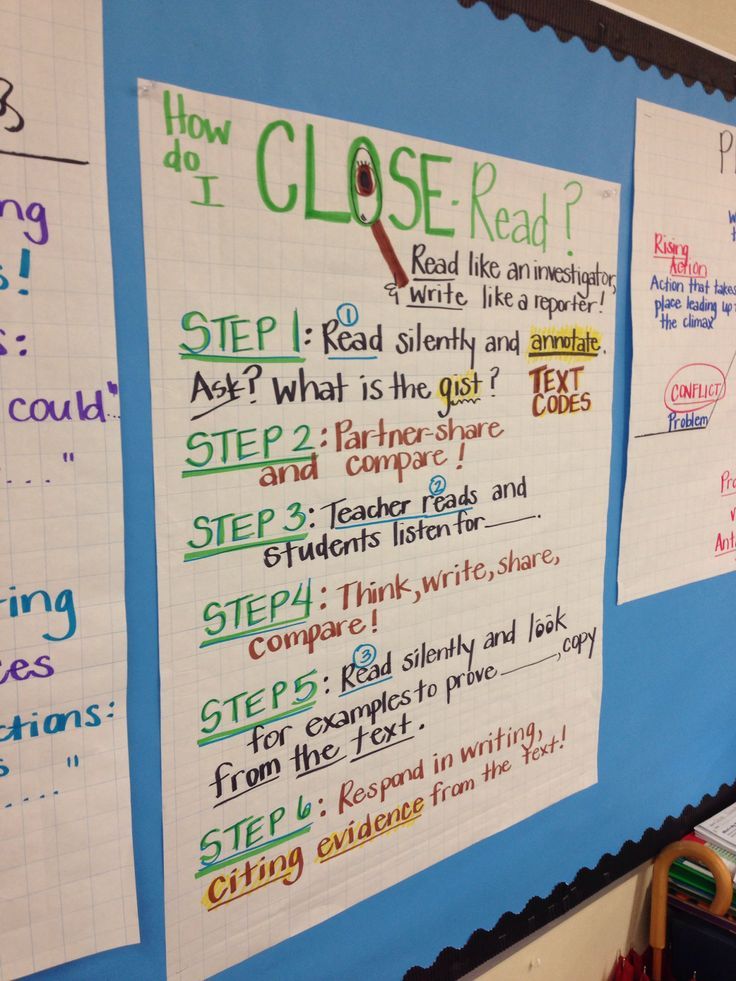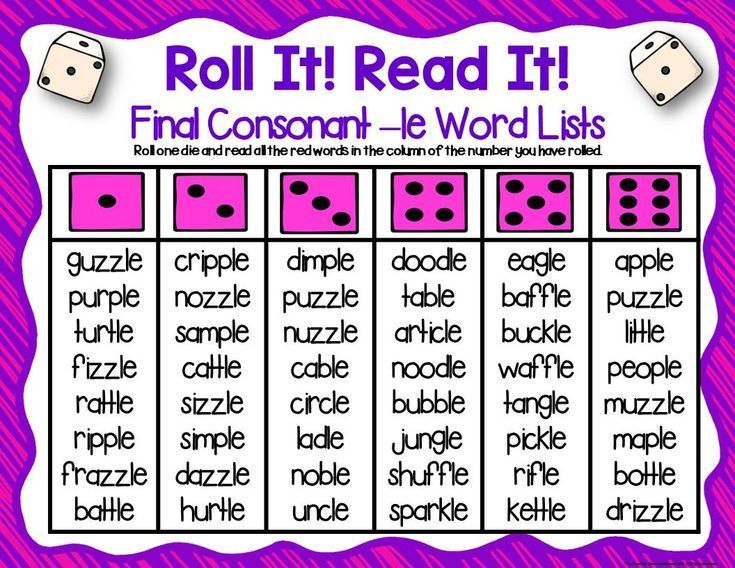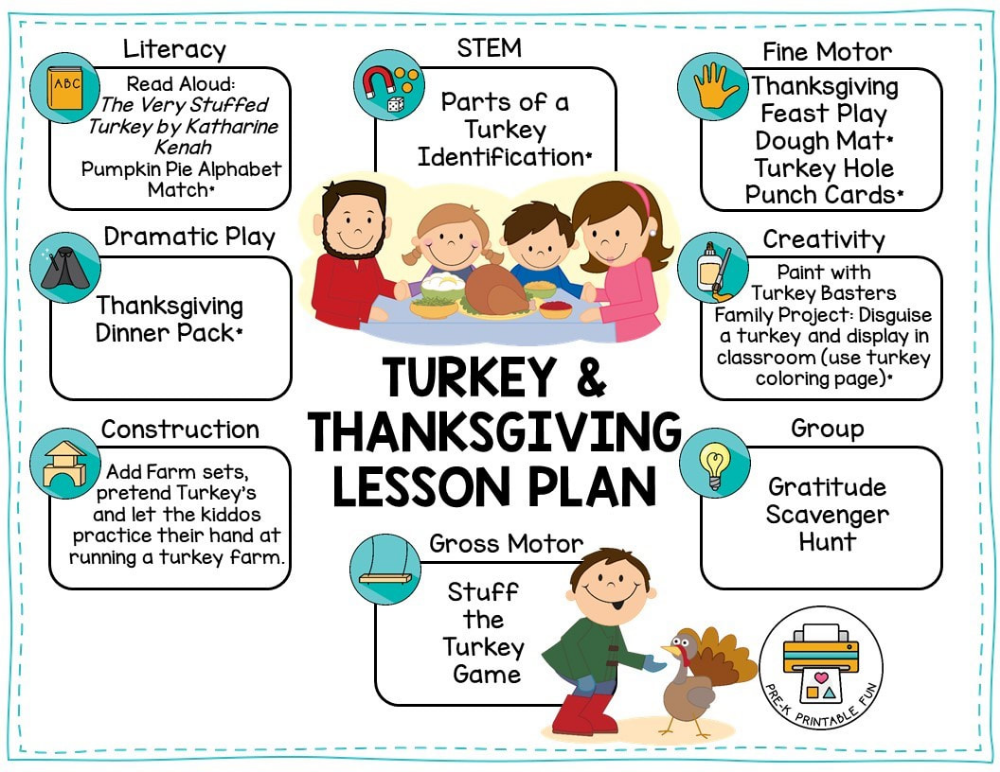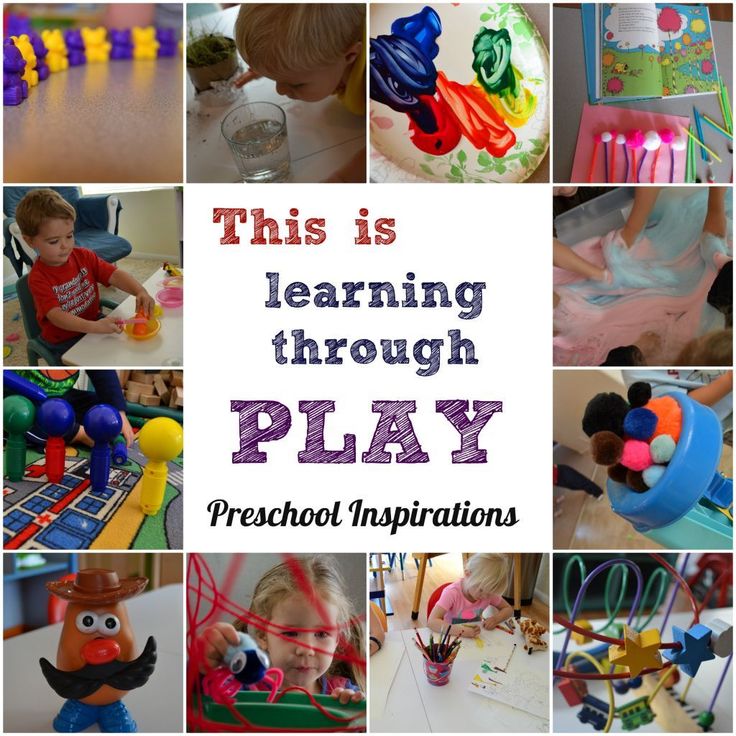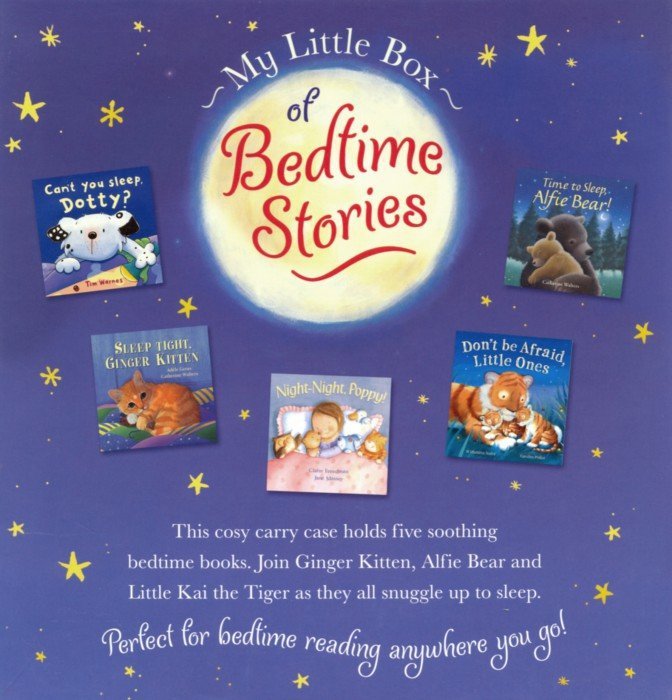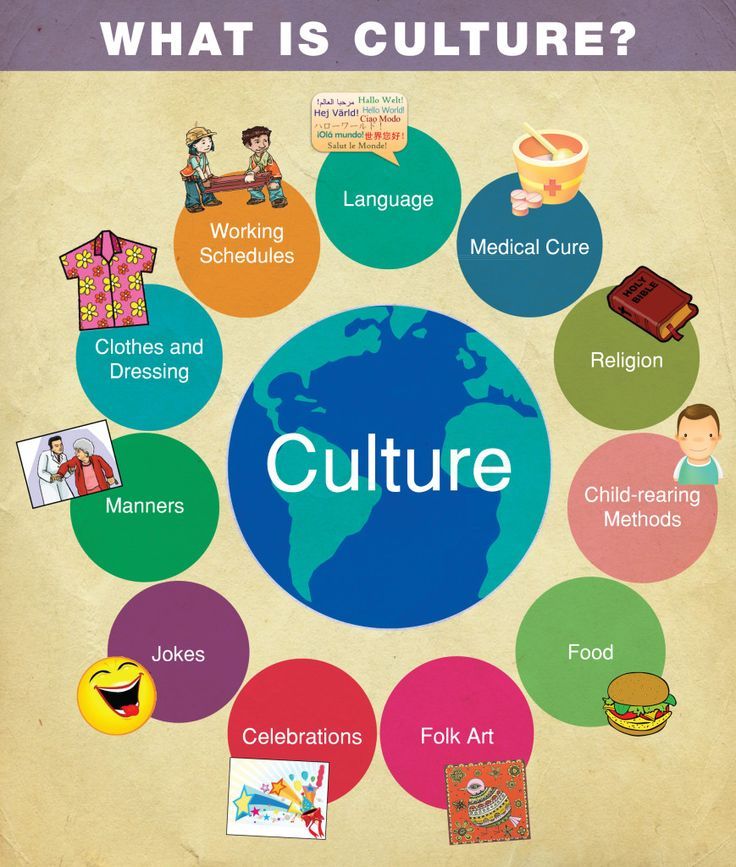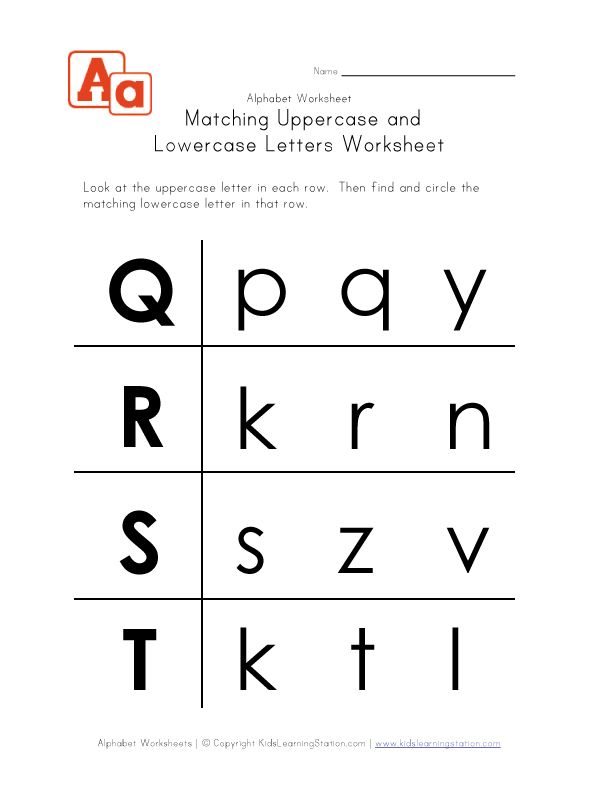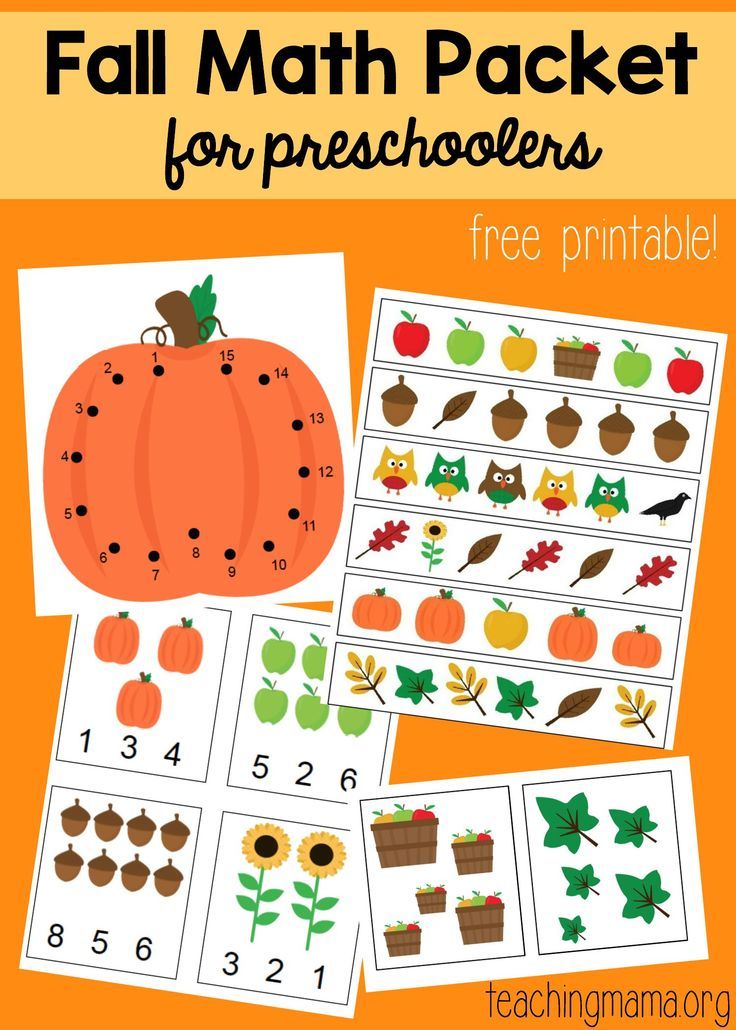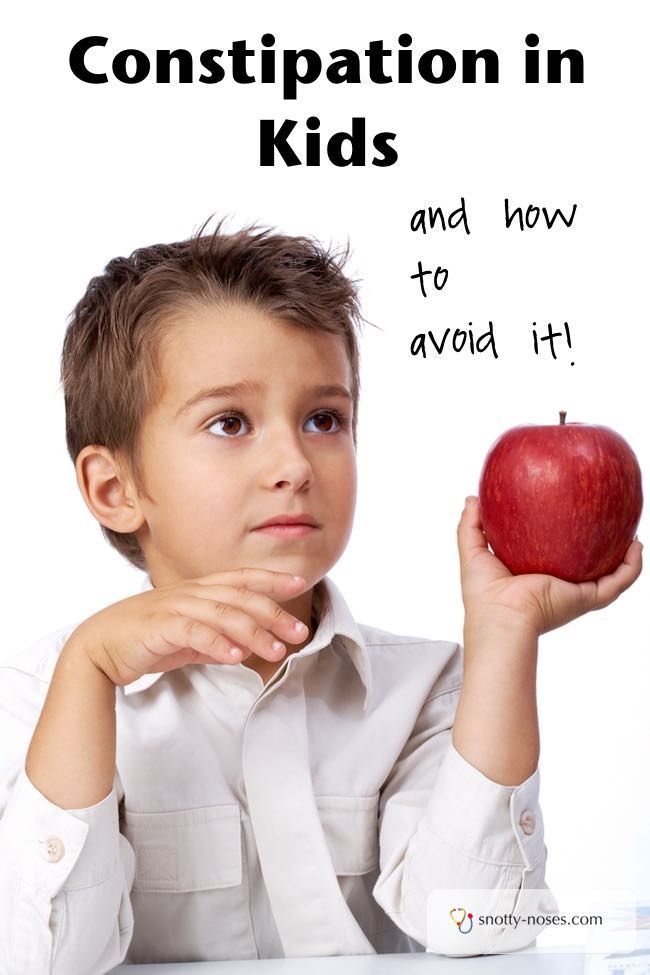First steps in reading
The Science of Reading: First Steps
This blog post is part of a Science of Reading series. This post is written by Lindsay Kemeny.
The term “science of reading” has become a buzzword recently and there is often confusion over what the term means. Sometimes teachers think this refers to a specific curriculum, program, or method, but the term actually refers to a large body of research on reading. It encompasses thousands of studies on reading. Perhaps my favorite explanation of the science of reading comes from Louisa Moats who explains, “First, the body of work referred to as “the science of reading” is not an ideology, a philosophy, a political agenda, a one-size-fits-all approach, a program of instruction, or a specific component of instruction. It is the emerging consensus from many related disciplines, based on literally thousands of studies, supported by hundreds of millions of research dollars, conducted across the world in many languages. These studies have revealed a great deal about how we learn to read, what goes wrong when students don’t learn, and what kind of instruction is most likely to work the best for the most students.
”
The Science of Reading: Where it Started
What’s devastating is that this information is not new. In fact, a pivotal report on reading called The National Reading Panel (2000) was published back in the year 2000. Instead of fully embracing the research, many professors, departments of education, publishers, and authors ignored it and continued to promote resources and methods that were not aligned with research. Even though there were many reading experts, cognitive scientists, researchers and more who were expressing the science behind reading acquisition, this information was not filtering down to those who needed it most: teachers.
The Science of Reading: Where it is Now
Perhaps a major contributor to why the science of reading is gaining so much traction recently is APM reports reporter: Emily Hanford. If you haven’t listened to her podcasts on reading, I highly recommend them! Start with Hard to Read, then Hard Words, and then At a Loss for Words.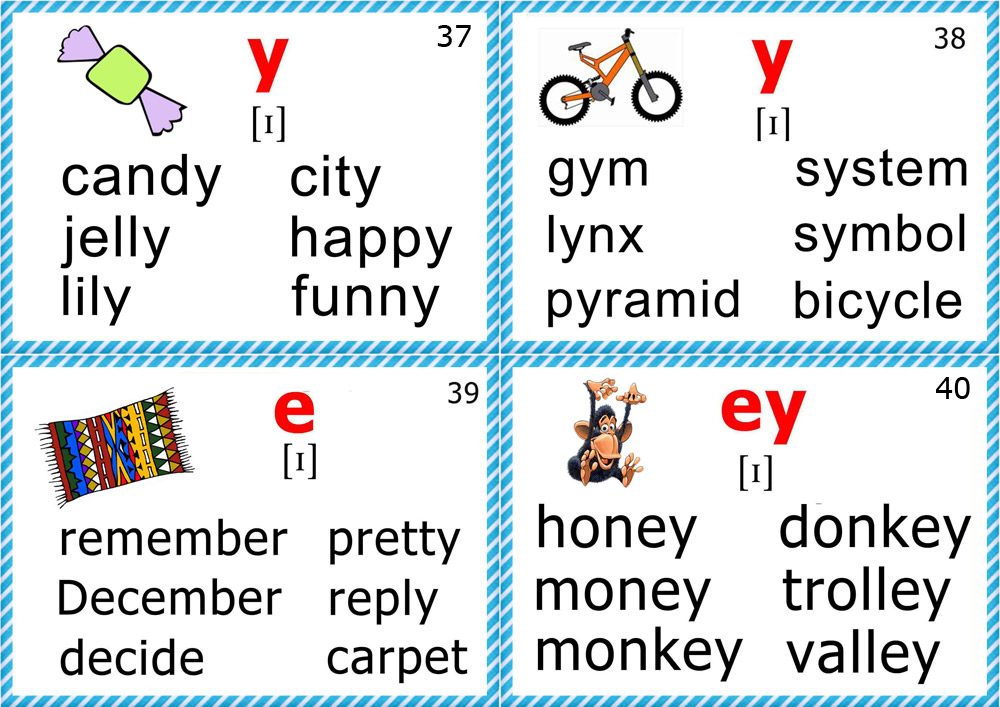 I recommend the podcasts over reading the articles.
I recommend the podcasts over reading the articles.
My journey to learn about the science of reading began about 3 years ago when my 7 year old son was diagnosed with severe dyslexia and depression (you can read more about it here). As I began to research what dyslexic students need in order to read, it led me to learn what everyone needs in order to read. I was shocked, angered, and disgusted! Why had I never been taught these things? Even worse, I had been taught ineffective methods for teaching reading. I felt guilt over the students I could have helped if I had been taught these things in college! I began to apply the things I was learning with my son and as his reading steadily improved, so did his self-esteem. I witnessed his wounds healing through the power of effective reading instruction. I know that sounds dramatic, but he had literally hit rock bottom and I learned first-hand how the ability to read has such a powerful impact on a child’s life. Please read about his journey with depression and dyslexia here.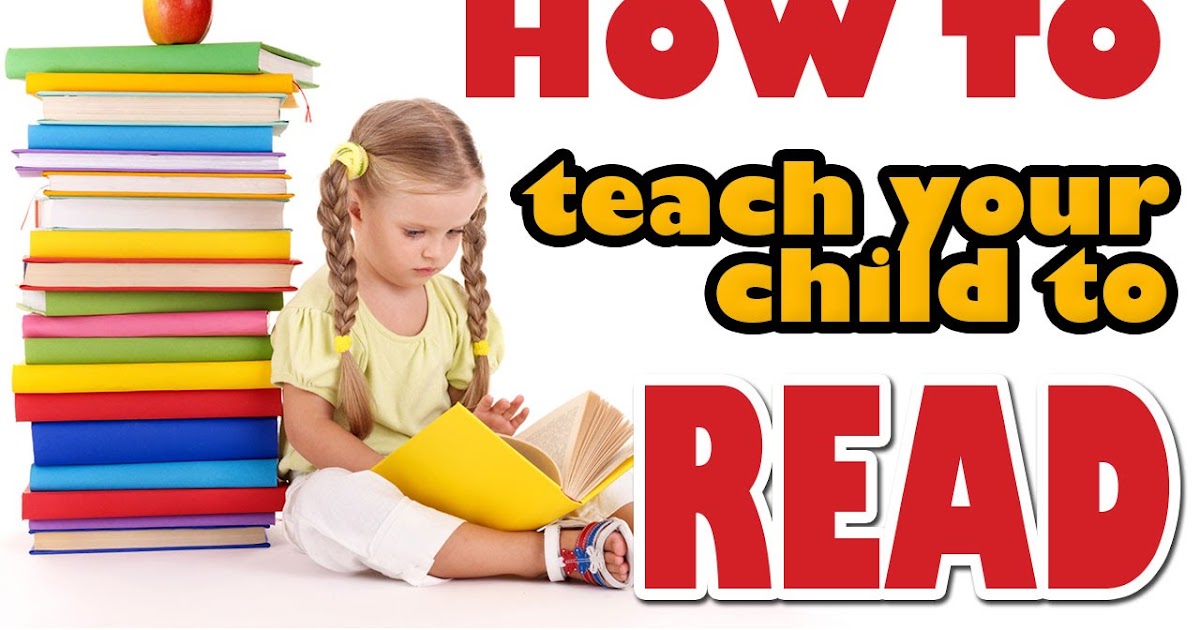
The Science of Reading: 8 Simple Steps You Can Take
It can be overwhelming to overhaul your reading instruction, but you don’t need to do everything at once. Here are some simple steps you can take to begin your journey into the science of reading.
1. Learn
Begin to gradually learn all you can about the science of reading. You won’t learn everything at once and that’s okay. It’s a process. I have been steadily studying for 3 years and I am still constantly learning new things! Read books, listen to podcasts, watch webinars, participate in professional development trainings. An easy place to start is with a PD training that I created for my master’s program. I feel strongly that every student deserves a teacher knowledgeable about the science of reading, so I am offering these for free. You can go to this website and if you are on a mobile device, make sure to click the drop down menu in the top left corner to access all the different modules.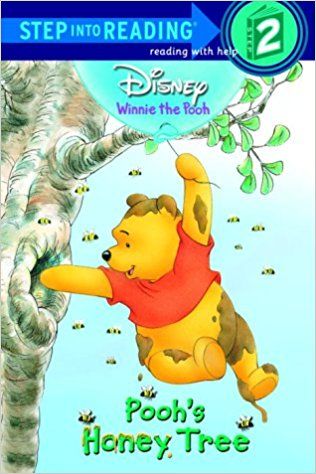 Please know that this is only meant to be the beginning of your journey…there is so much more to learn! I highly recommend going to this page for a list of some of my favorite, well-respected resources for learning more about the science of reading.
Please know that this is only meant to be the beginning of your journey…there is so much more to learn! I highly recommend going to this page for a list of some of my favorite, well-respected resources for learning more about the science of reading.
2. Stop using the 3 cueing system
You may not be familiar with this term, but the cute and popular “beanie baby” reading strategies are based on the 3-cueing system. This is when you are asking students to figure out a word by looking at the picture, the first letter of the word, skipping the word and then figuring it out by using context, etc. These are guessing strategies not reading strategies. There is no research to support these. In fact, what the research tells us is that these are things that poor readers do, not good readers. So when we teach our students these strategies, we are literally teaching them to read like a struggling reader and we are inhibiting the process that is necessary for them to store these words in their memory.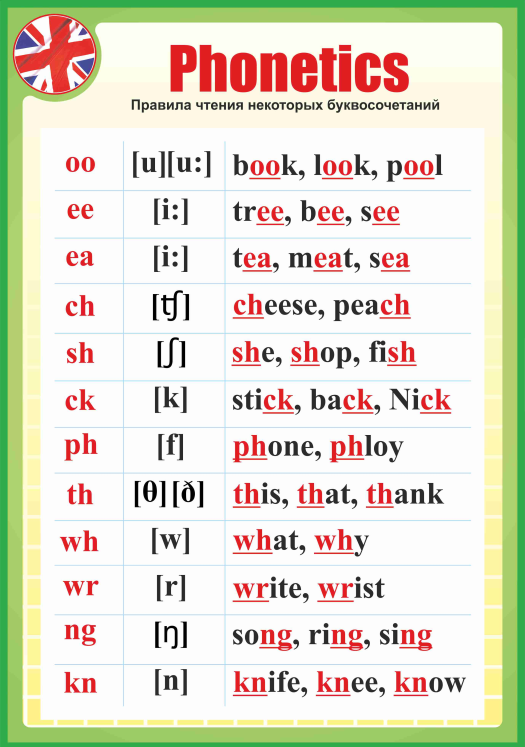 We want our students to keep their eyes on the words, to process each letter, and to decode from left to right. No guessing!
We want our students to keep their eyes on the words, to process each letter, and to decode from left to right. No guessing!
3. Replace predictable texts with decodable texts
The only way for a brand new reader to “read” a predictable text is by using the 3 cueing strategies described above. This creates ineffective habits that are hard to break and will ultimately lead to reading failure. What happens when there are no more pictures and the sentence structure and vocabulary are more complex? Some time around 3rd or 4th grade the strategies that held these students afloat will fail them.
Replace those repetitive, predictable texts with decodable books that are filled with sounds and words they have been taught and are able to decode. These generally include all the F&P levels A-D. Also, remember that decodable books are like training wheels…they are temporary and you want to get rid of them as soon as you can. Once students have a solid foundation in phonics, you can move to regular trade books.
4. Teach phonics explicitly and systematically
One of the big differences between balanced literacy and structured literacy (instruction aligned with the science of reading) is the approach to phonics instruction. Balanced literacy tends to sprinkle phonics here and there, mostly addressing certain concepts as they come up in the errors students make within the texts they are reading. But there is a lot of research to support a systematic and explicit phonics approach. We want to be proactive and move through a set scope and sequence that leaves nothing to chance. If you don’t have a solid phonics curriculum, make finding or creating one a top priority. There is no one correct sequence of skills, but in general, look for a sequence that starts with simple concepts and moves to more complex ones. You can find a sample sequence here. Then make sure to plan your phonics lessons to follow an I do, we do, you do format.
University of Florida Literacy Institute5. Encourage phonemic awareness
Encourage phonemic awareness
One of the most common sources of reading difficulties is poor phonemic awareness. Make sure to spend time on this concept in your classroom! You can embed this practice within your phonics lesson, and you can also spend a few minutes before your lesson on these skills. Research supports about 6 minutes a day on phonemic awareness activities.
6. Build vocabulary and background knowledge
Continue to surround your students with beautiful texts, conversations, and read-alouds. We never want to neglect the language comprehension side of reading instruction. Reading aloud to students is a wonderful way to expose them to grade level content and vocabulary. We can beef up this instruction by explicitly teaching vocabulary words and being intentional about the concepts and subjects we teach in connection with our books.
We can beef up this instruction by explicitly teaching vocabulary words and being intentional about the concepts and subjects we teach in connection with our books.
7. Create a support network
It’s hard to do all these things alone! Reach out to others at your school or district for help and support. Take a quality training together, start a LETRS cohort, or create a science of reading book club. There is also a wonderful online community of educators at various stages of learning.
8. Have grace
It’s easy to become discouraged, defensive, overwhelmed or guilty for the methods you have used in the past. I know because I have been there. But there is an important phrase that is often used in the science of reading community: When we know better, we do better. Try to show compassion for yourself and others! Don’t dwell on past mistakes, but use these feelings to propel yourself forward and do the best you can for your current and future students! They need you.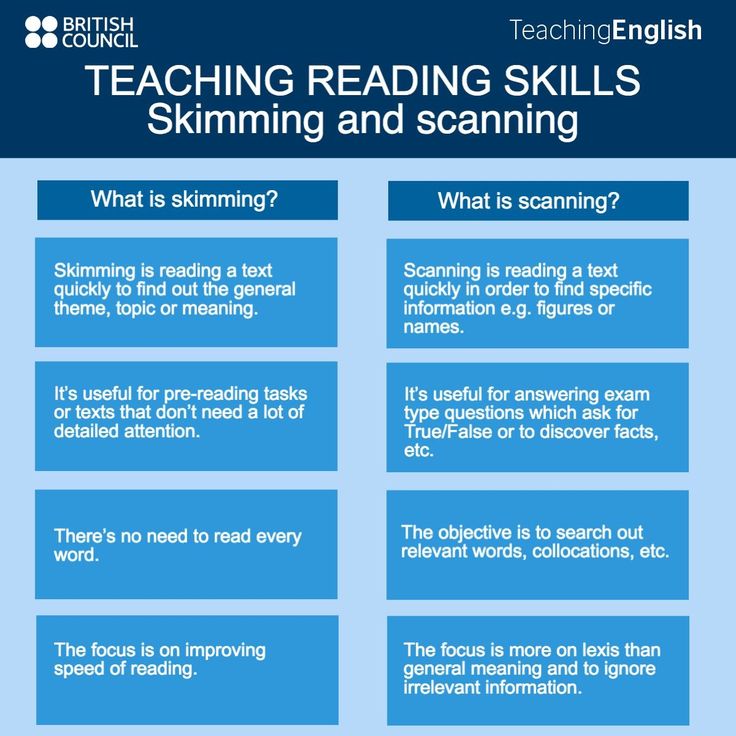
In Conclusion
I wrote my first blog post on the science of reading over two years ago. I was so frustrated with what I had not been taught and wanted to shout what I was learning from the rooftops! I am so excited that the science of reading movement is FINALLY moving forward. Teaching our students to read is one of the most powerful gifts we can give them! Try not to be overwhelmed as you begin to dive into all the resources available. Just put one foot forward at a time and know that you are changing lives with each step you take!
Thank you so much Lindsay for helping us with an amazing kickoff to our Science of Reading series here on the Little Minds at Work site. Follow along with Lindsay’s future endeavors on her website, The Learning Spark. Be sure to catch all future blog posts in the series by viewing THIS tab. Thanks so much for joining in and see you again soon! – Tara West
Early Steps Reading Intervention Program
AFT Series: Building on the Best, Learning from What Works
Why are some schools effective at educating most students, even those from disadvantaged, high poverty areas, while others struggle fruitlessly to fulfill their academic mission? How can schools replicate the successes of their more effective counterparts?
Researchers, working for years to answer these questions, have described the characteristics of successful schools — e. g., high expectations for all students; challenging curricula; clear standards and a coherent, focused academic mission; high-quality professional development aligned to the standards; small class sizes, especially in the early grades; an orderly and disciplined learning environment; a supportive and collegial atmosphere; and an intervention system designed to ensure that struggling students can meet the standards. But, while we now know a great deal about which reforms are effective, comparatively little is known about how to achieve them.
g., high expectations for all students; challenging curricula; clear standards and a coherent, focused academic mission; high-quality professional development aligned to the standards; small class sizes, especially in the early grades; an orderly and disciplined learning environment; a supportive and collegial atmosphere; and an intervention system designed to ensure that struggling students can meet the standards. But, while we now know a great deal about which reforms are effective, comparatively little is known about how to achieve them.
As many schools have found out the hard way, systemic reform is extremely difficult-especially when it must occur simultaneously on many fronts, and is begun without benefit of high-quality curriculum materials, appropriate professional development, or readily available technical assistance. In fact, a number of schools — especially those that are already foundering — have found that lasting improvement is impossible without concrete, step-by-step implementation support.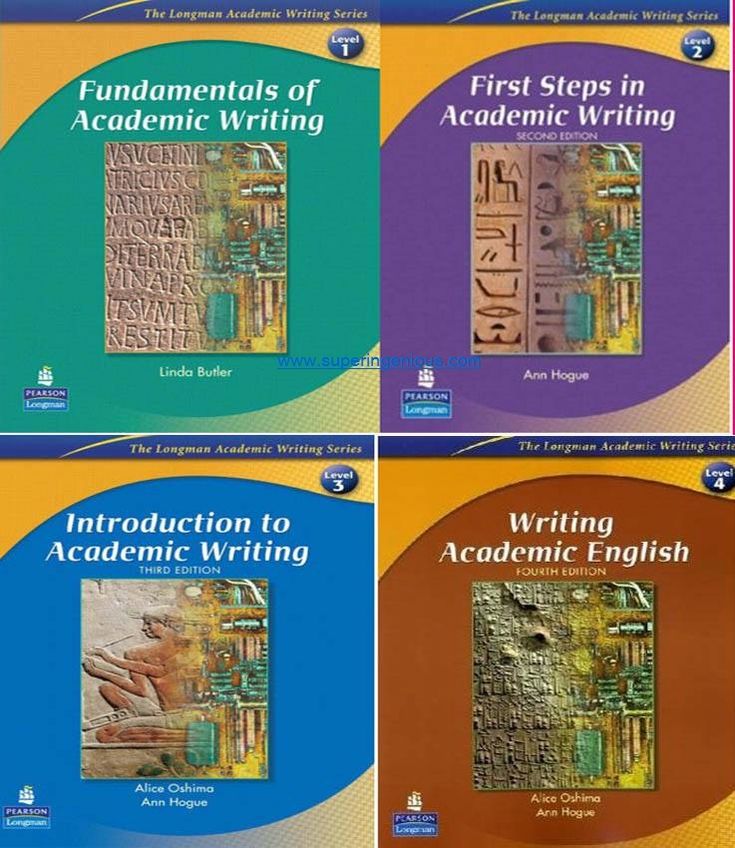
According to a recent study of efforts to raise academic achievement for at-risk students (Stringfield, et al., 1996), the reform strategies that achieve the greatest academic gains are those chosen and supported by faculty, as well as administrators. Success is also dependent on the existence of a challenging curriculum, and on paying "a great deal of attention to issues of initial and long-term implementation, and to institutionalizing the reforms." This and other studies have also found that schoolwide reforms tend to be more effective than pull-out or patchwork programs, and that externally developed programs — particularly those with support networks from which schools can draw strength and tangible assistance — tend to do better than local designs.
Given these and similar research findings, we developed the criteria below to help identify promising programs for raising student achievement, especially in low-performing schools. Although each particular program has its own strengths and weaknesses, all show evidence of:
- High Standards.
 The program helps all students acquire the skills and/or knowledge they need to successfully perform to high academic standards.
The program helps all students acquire the skills and/or knowledge they need to successfully perform to high academic standards. - Effectiveness. The program has proven to be effective in raising the academic achievement levels of "at-risk" students in low-performing schools, based on independent evaluations.
- Replicability. The program has been effectively implemented in multiple sites beyond the original pilot school(s).
- Support Structures. Professional development, materials, and ongoing implementation support are available for the program, either through the program's developer, independent contractors, or dissemination networks established by schools already in the program.
In addition to information about each program's track record on raising student achievement, we have also attempted to gather and report details about main features and estimated costs. We hope that this information will assist members as they begin weighing the available options against student needs, school goals, and available resources. In deciding which programs warrant further investigation, we urge that you consider each program's "fit," as well the data on its efficacy and cost-effectiveness.
We hope that this information will assist members as they begin weighing the available options against student needs, school goals, and available resources. In deciding which programs warrant further investigation, we urge that you consider each program's "fit," as well the data on its efficacy and cost-effectiveness.
Overview of Early Steps
| Grades Covered | Grade 1. |
| Curriculum Materials | Participating schools are provided with sets of small graded books for early first grade to late first grade. |
| Instructional Support/Professional Development | Early Steps provides professional development for first-grade teachers andTitle I tutors. Other school personnel, such as coaches, music and art teachers, and the principal can also be trained. Teachers are able to enrollin the program as a graduate class, beginning with weekly meetings during the first month of school followed by monthly meetings for the rest of the school year.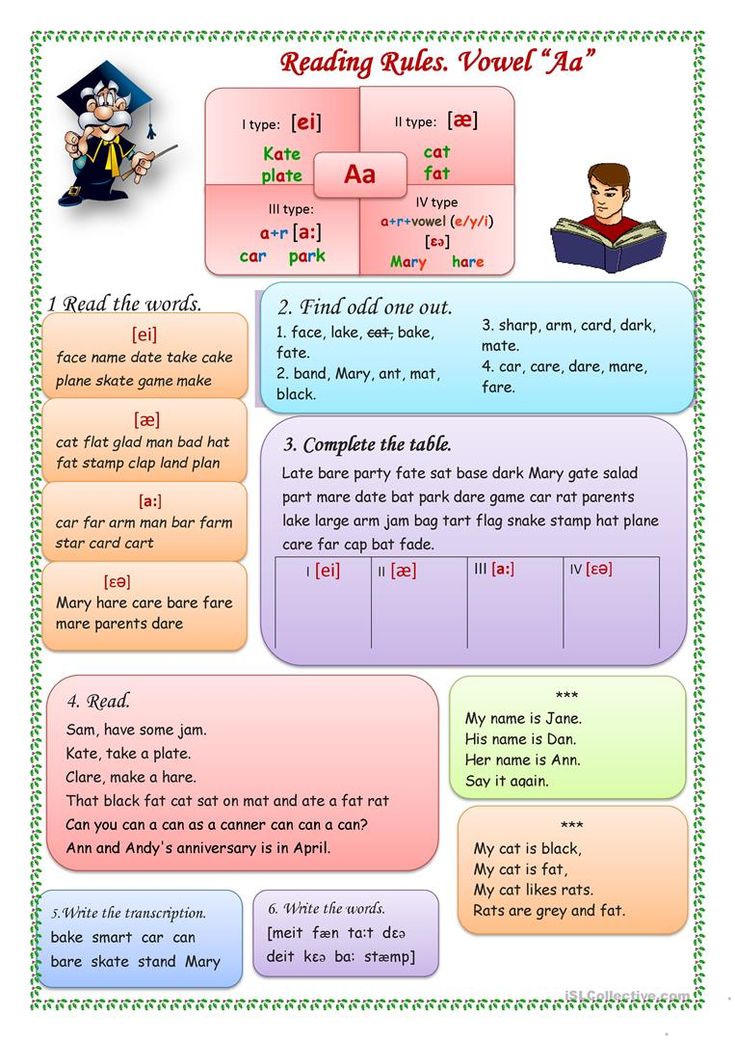 |
| School Reform/Restructuring Assistance | Not applicable |
| Role of Paraprofessionals | Classroom paraprofessionals and other non-certified staff can be included in some of the day-to-day operations of the program but cannot serve as actual tutors. |
| Cost of Implementation | Start-up costs for a program serving 30 students-including student materials and teacher training-are estimated at between $15,000 to$25,000. Professional development represents the bulk of these costs, with a trainer conducting partial-day site visits approximately 10 times during the school year to conduct short seminars. These costs (which can be shared with neighboring program schools) include a $1,000 a day honorarium for the trainer, plus travel and expenses. Additional costs may include release time, depending on the type of implementation. |
| Results*/Effect Size | Studies While results for this program are still preliminary, early indications are promising.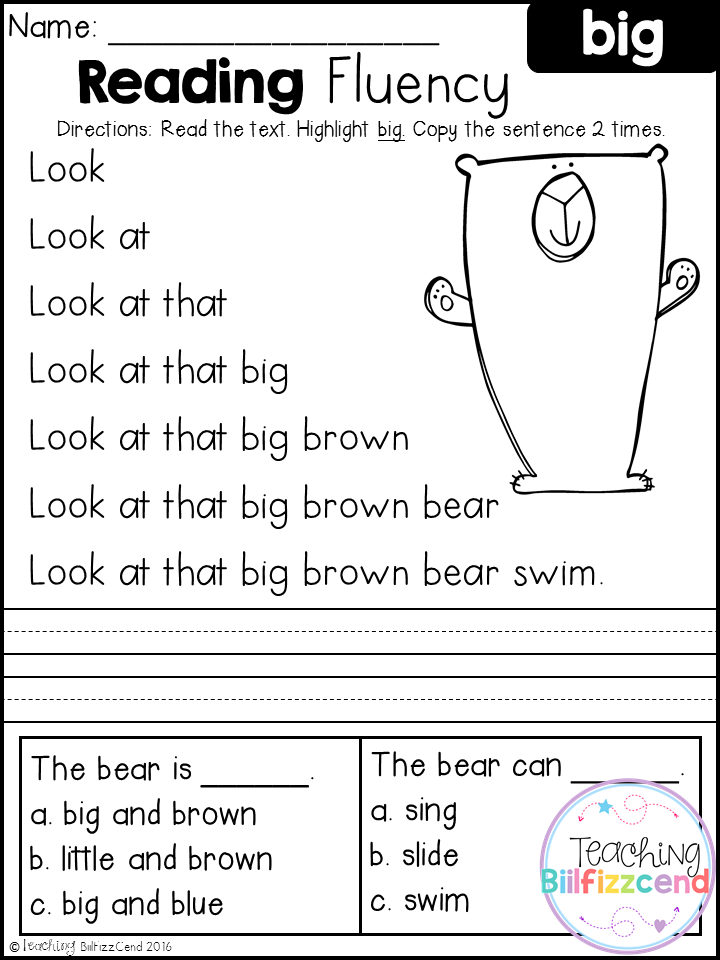 One pilot study compared program students with a matched control group at the end of first grade. Early Steps students outperformedt heir counterparts significantly (ES=+.47, word recognition; +.80, spelling; +.77, passage reading). One year later, Early Steps students were found to have maintained this gap (ES=+.65, word recognition; +1.2, word attack; +1.0, passage reading). One pilot study compared program students with a matched control group at the end of first grade. Early Steps students outperformedt heir counterparts significantly (ES=+.47, word recognition; +.80, spelling; +.77, passage reading). One year later, Early Steps students were found to have maintained this gap (ES=+.65, word recognition; +1.2, word attack; +1.0, passage reading).*To give a sense of scale, an effect size of +1.00 would be equivalent to an increase of 100 points on the SAT scale or 15 points of IQ--enough to movea student from the 20th percentile (the normal level of performance for children in poverty) to above the 50th percentile (the norm for mainstream students). |
Early Steps (ES) is an early intervention/tutorial program in reading and language arts for first-grade students who are at risk for reading failure. The program was recently developed byDarrell Morris, professor at Appalachian StateUniversity and developer of the Howard StreetTutoring program, a reading tutorial for second and third-grade students.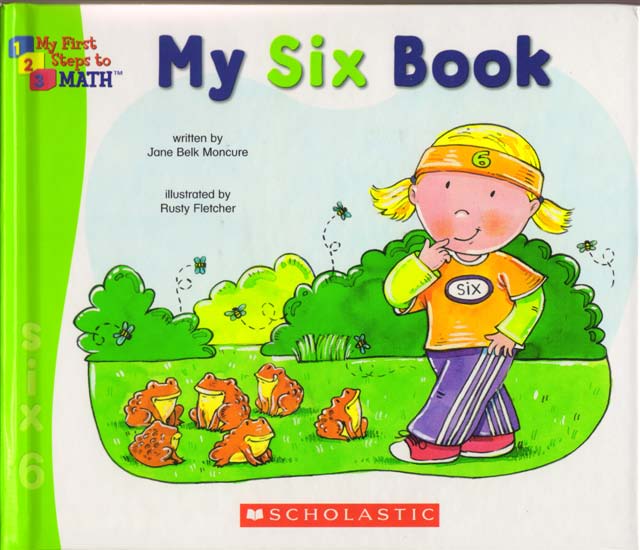 Unlike Howard Street, which relies primarily on volunteers, Early Steps utilizes only certified staff to work one-on-one with struggling students.
Unlike Howard Street, which relies primarily on volunteers, Early Steps utilizes only certified staff to work one-on-one with struggling students.
Like Reading Recovery, one of the most popular first-grade reading tutorials, ES concentrates on trying to ensure that all first-grade students acquire the concepts and skills that will help them become fluent readers. The program aims to catch and correct reading problems before students enter the post-primary grades and begin to experience real failure.Early Steps employs a balanced approach to the teaching of reading, incorporating explicit instruction in phonemic awareness and phonics, as well as the reading experience activities favored by ReadingRecovery. ES tutors work with students in reading new books at their instructional level, re-reading familiar texts, writing and learning problem-solving strategies that can be used to tackle difficult words.
There have only been two evaluations of EarlySteps studies, thus far. Both focus on the use of the program as an after-school tutorial,
Main features
Each Early Steps tutoring session lasts 30 minutes, and is divided into four main sections:
Reading
During this portion of the session, the teacher and tutor work together with the student, who re-reads a familiar book that has been introduced during a previous session or class.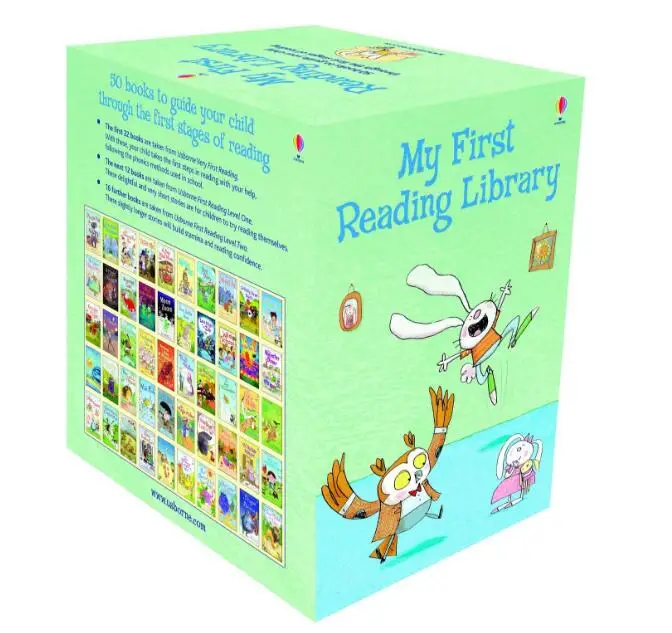 This activity, which typically lasts about eight minutes, is designed to help the student gain fluency, speed, accuracy and comprehension when reading. Children are also taught metacognitive skills and learn to become aware of how they are used when encountering difficult words.
This activity, which typically lasts about eight minutes, is designed to help the student gain fluency, speed, accuracy and comprehension when reading. Children are also taught metacognitive skills and learn to become aware of how they are used when encountering difficult words.
Word Study
During the word study portion of the tutorial, children are taught phonemic awareness, phonological and metalinguistic skills that can help them decode unfamiliar words successfully.During the early stages of literacy, students are introduced to grapho-phonemic patterns, beginning with consonant sounds. This is followed by demonstrations of how consonants and vowels are combined to form common words. Students progress systematically through word study activities, from learning the letters of the alphabet to discriminating sounds to learning the relationships between graphemes and phonemes, matching sounds to picture names and, eventually, to word sorting. With word sorting, such as rhyming, students learn to distinguish visual and auditory patterns.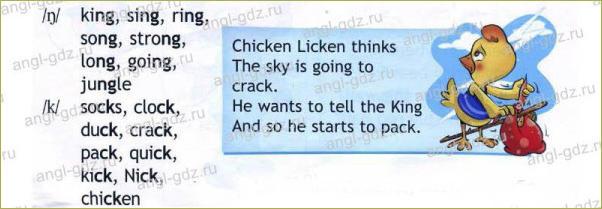 Word study also addresses spelling by teaching about families of vowels (short and long).
Word study also addresses spelling by teaching about families of vowels (short and long).
Writing
ES students are encouraged to write their own sentences as a way to practice phonemic and metacognitive awareness skills as well as to encourage creativity. While writing each sentence, the student is instructed to speak each word aloud, then focus on specific letters and words. The tutor re-writes the sentence, then splices it. The student is then asked to put the sentence together in its original form. In this facet of the program, the child has the opportunity to see the relationship between sounds, letters, words and how they are combined to form meaningful sentences.
New Reading
The final portion of the EarlySteps tutorial involves the introduction of a new book, with text that is slightly more difficult than in the book that began the lesson. Before the student begins reading, the teacher encourages him/her to discuss possible main ideas, using pictures, vocabulary and other features as cues for gaining meaning. As children begin to read and encounter new and unfamiliar words, they are encouraged to employ the decoding and comprehension skills and strategies they have learned. Although some students make many initial errors, they are taught to self-correct for these mistakes. The instructor is expected to observe for an appropriate period during these activities before providing any direct intervention.
As children begin to read and encounter new and unfamiliar words, they are encouraged to employ the decoding and comprehension skills and strategies they have learned. Although some students make many initial errors, they are taught to self-correct for these mistakes. The instructor is expected to observe for an appropriate period during these activities before providing any direct intervention.
Results
Although more data exist on related programs, such as Howard Street Tutoring, the Early Steps results are still preliminary. There has been only one independent evaluation of the program. This study, conducted in Kalispell, Montana (see "Case Study,"below), involved a total of 49 students, with 23 in the experimental group and 26 in a matched control group. All students were in the first grade and were reading in the bottom 20th percentile of their classes. At the onset of the study, there were no significant differences between students in the two groups. Students in both groups received tutoring, the experimental group using Early Steps and the control group using generic methods.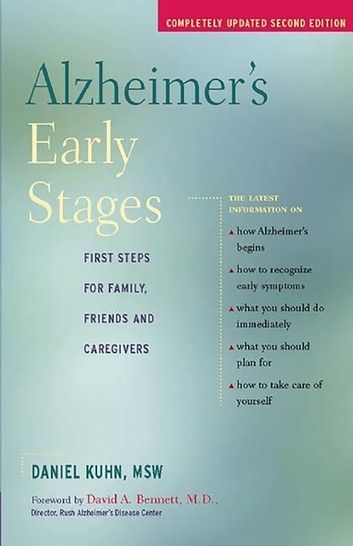 At the end of the first grade, students were assessed on spelling, word recognition and passage reading skills using program-aligned measures. In second grade, students were assessed again to see the extent to which they had maintained any gains. Second graders were assessed with Woodcock Reading Mastery (WRMTRevised,G), testing for word identification, word attack and passage reading skills.
At the end of the first grade, students were assessed on spelling, word recognition and passage reading skills using program-aligned measures. In second grade, students were assessed again to see the extent to which they had maintained any gains. Second graders were assessed with Woodcock Reading Mastery (WRMTRevised,G), testing for word identification, word attack and passage reading skills.
At the end of the first year, Early Steps students outscored control students in spelling, word recognition and passage reading (ES=+.47, +.80 and+.77). When the students progressed to the second grade, they were assessed again to see the extent to which they would retain the skills that they had learned. At the end of second grade, ES students outscored control students in word recognition, word attack and passage reading by ES=+.65, +1.2and +1.0, respectively.
Case study
Kalispell, Montana
The only independent study of Early Steps was conducted in Kalispell, Montana, a small school district with many lower and middle-class Caucasian families attending TitleI schools. In general, the students selected into the study were among the most economically disadvantaged in the district. All students in the study were also performing in the lowest 20th percentile of their class in reading and on related tasks, such as alphabetic knowledge, spelling, word attack and recognition of words in context. Students were assigned to two matched groups, receiving different types of tutorial interventions. After one year, students who had been taught using Early Steps significantly outperformed their peers in reading assessments. In addition, 52 percent of the EarlySteps students were found to be reading at or above grade level, compared to 23 percent of students in the control group.
In general, the students selected into the study were among the most economically disadvantaged in the district. All students in the study were also performing in the lowest 20th percentile of their class in reading and on related tasks, such as alphabetic knowledge, spelling, word attack and recognition of words in context. Students were assigned to two matched groups, receiving different types of tutorial interventions. After one year, students who had been taught using Early Steps significantly outperformed their peers in reading assessments. In addition, 52 percent of the EarlySteps students were found to be reading at or above grade level, compared to 23 percent of students in the control group.
Considerations
While the research on Early Steps is still preliminary, it appears to be a program that can help schools deliver effective one-on-one tutorial interventions to low-performing first-grade readers. The program focuses on improving the reading and language arts skills of the lowest 20th percentile of students, using specially trained certified teachers andTitle I tutors to deliver instruction.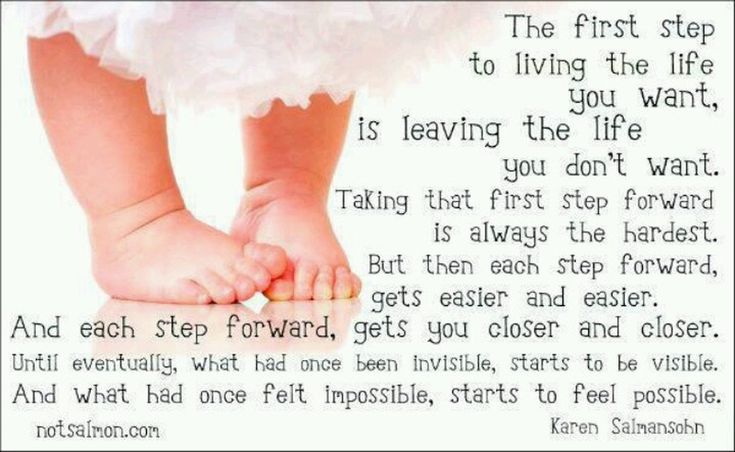 For effective implementation, all ES tutors must receive extensive professional development from program staff.Teachers are required to attend an intensive initial training session before they begin to work with students, in addition to follow-up workshops held during the year.
For effective implementation, all ES tutors must receive extensive professional development from program staff.Teachers are required to attend an intensive initial training session before they begin to work with students, in addition to follow-up workshops held during the year.
Early Steps' apparent effectiveness can be attributed to its balanced and comprehensive approach to reading instruction-an approach that provides the lowest-achieving students with individualized attention from and practice with trained and certified tutors. The program was designed to complement and supplement a broad range of primary reading programs. Participating schools are provided with quality professional development for tutors, as well as a framework for delivering a carefully paced and structured series of tutorial lessons. The lessons were designed to reflect the research base on beginning reading, incorporating both direct instruction in the basic skills of phonemic awareness and phonics, and the literature-based instruction that can help build background knowledge and improve student comprehension and vocabulary. Initial data indicate that this is a mix that works. Research shows significant improvement in the reading skills of the lowest quintile of first-grade students in the program. It should also be noted that the success rate with the bottom tier of these at-risk students was even higher.
Initial data indicate that this is a mix that works. Research shows significant improvement in the reading skills of the lowest quintile of first-grade students in the program. It should also be noted that the success rate with the bottom tier of these at-risk students was even higher.
Selected resources
Morris, D. (1982). "Concept of word and phoneme-awareness in the beginning reader." Research in the Teaching of English, (17).
Morris, D. (1992). Case Studies in TeachingBeginning Readers: The Howard Street TutoringManual. Boone, N.C.: Fieldstream Publication.
Morris, D. (1995). "First Steps: An early reading intervention program." ERIC DocumentReproduction Service No. ED 388 956.
Morris, D. (1998). "The role of clinical training in teaching of reading." In P. Mosenthal & D.Evensen (Eds.). Reconsidering the Role of theReading Clinic in a New Age of Literacy. Greenwich, Conn.: JAI Press.
Morris, D., Shaw, B., & Perney, J.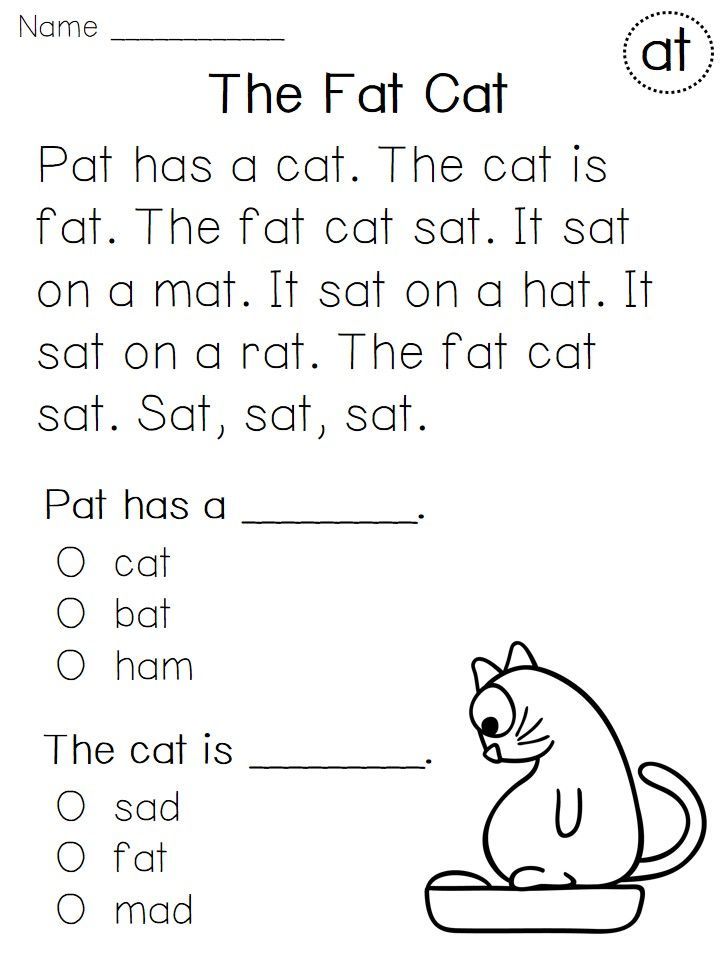 (1990). "Helping low readers in grades 2 and 3: An after-school volunteer tutoring program." Elementary SchoolJournal (91).
(1990). "Helping low readers in grades 2 and 3: An after-school volunteer tutoring program." Elementary SchoolJournal (91).
Santa, C. M. & Hoien, T. (1998). An Assessment ofEarly Steps: A Program for Early Intervention ofReading Problems. Kalispell, Mont.: Kalispell School District.
Additional reading
Adams, M.J. (1990). Beginning to Read: Thinking and Learning about Print. Cambridge, Mass.: MIT Press.
American Educator, (1998) Vol. 22, Nos. 1&2: Spring/Summer.
Adams, M.J., Foorman, B.R., Lundberg, I. & Beeler, T. (1998). "The elusive phoneme."
Beck, I.L., McKeown, M.G., Hamilton, R.I. & Kucan, L. (1998). "Getting at the meaning"
Cunningham, A.E. & Stanovich, K.E. (1998) "What reading does for the mind."
Greene, J.F. (1998). "Another chance."
Moats, L.C. (1998). "Teaching decoding."
Torgesen, J.K. (1998) "Catch them before they fall."
American Educator, (1995) Vol.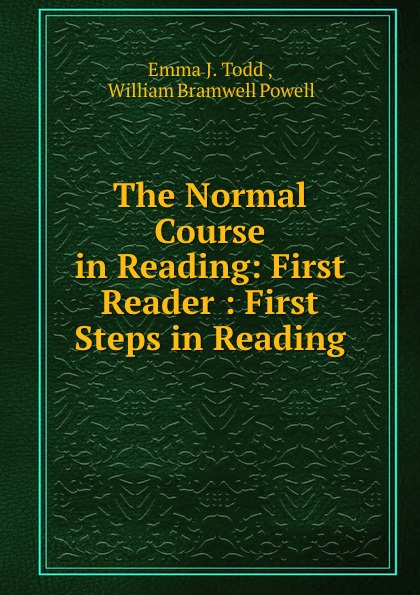 19, No. 2: Summer.
19, No. 2: Summer.
Adams, M.J. & Bruck, M. (1995). "Resolving the 'Great Debate'."
Beck, I.L. & Juel, C. (1995). "The role of decoding in learning to read."
McPike, E. (1995). "Learning to read: Schooling's first mission."
Moats, L.C. (1994). "The missing foundation in teacher education."
Blachman, B.A. (1997). Foundations of Reading Acquisition and Dyslexia: Implications for Early Intervention. Mahwah, N.J.: Lawrence Erlbaum Associates
Chall, J.S. (1983). Stages of Reading Development. New York: McGraw Hill.
Gough, P. B. & Hillinger, M. L. (1980). "Learning to read: An unnatural act." Bulletin of the Orton Society,30.
Herman, R. and Stringfield, S. (1997). Ten Promising Programs for Educating All Children: Evidence ofImpact. Arlington, Va.: Educational Research Service.
Learning First Alliance (1998). Every Child Reading: An Action Plan. Washington, D.C.: LFA.
Learning to Read, Reading to Learn (1997).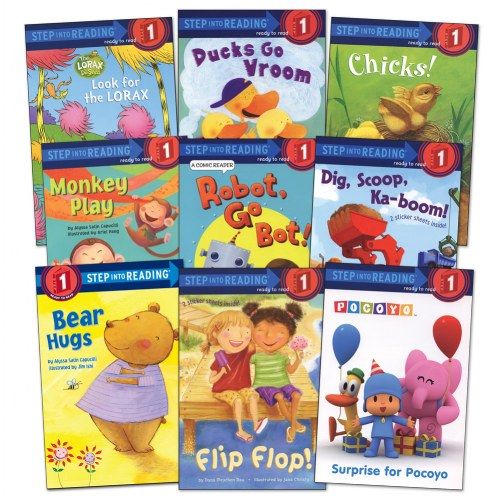 Washington, D.C.: American Federation of Teachers.
Washington, D.C.: American Federation of Teachers.
National Research Council (1998). Preventing Reading Difficulties in Young Children. Washington, D.C.: National Academy Press.
Raising Student Achievement: A Resource Guide for Improving Low-Performing Schools (1997). Washington,D.C.: American Federation of Teachers.
Shaywitz, S.E. (Nov. 1996). "Dyslexia." Scientific American.
Slavin, R.E. & Fashola, O.S. (1998). Show Me the Evidence! Proven and Promising Programs for America'sSchools. Thousand Oaks, Calif.: Corwin Press.
Slavin, R.E., Karweit, N.L. & Wasik, B.A. [Eds.] (1994). Preventing Early School Failure: Research, Policyand Practice. Boston: Allyn & Bacon.
Stanovich, K.E. (1994). "Romance and reality." The Reading Teacher, 47.
First steps to reading, Smotrova N.A. . Getting ready for school, Litera, 9785407002741 2016 263.30 rub.
Smotrova N.A.
Series: Getting Ready for School
Only 6 left.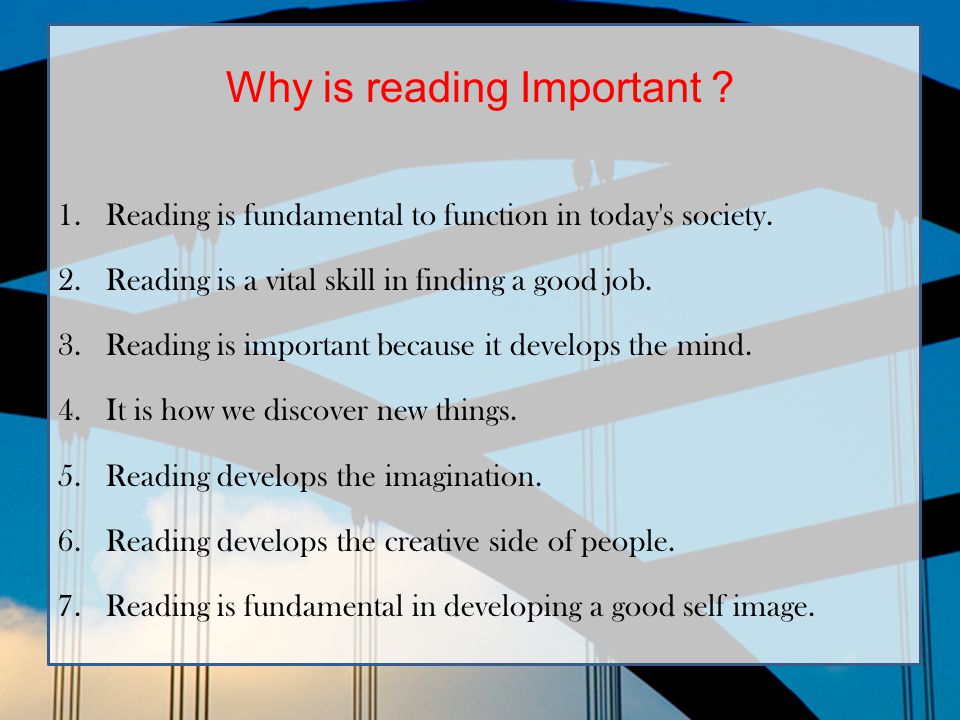
263.30 rub.
-30% after registration
Available in 5 stores
Angarsk, ProdaLit Vertical
Irkutsk, Prodalit Cash&Carry nine0003
Irkutsk, ProdaLit Children's Quarter
Irkutsk, SellLit World of Books
View all stores
The price in the store may differ
from the price indicated on the site.
Share this link in:
Publisher: Litera
ISBN: 978-5-407-00274-1
0002 Pages:96
Cover type:Soft
Year:2016
VAT:10%
Code:623585
Description
and learn to read. Having already learned 2-3 letters, he will be able to read syllables, short words, which will serve as an excellent motivation for further studies.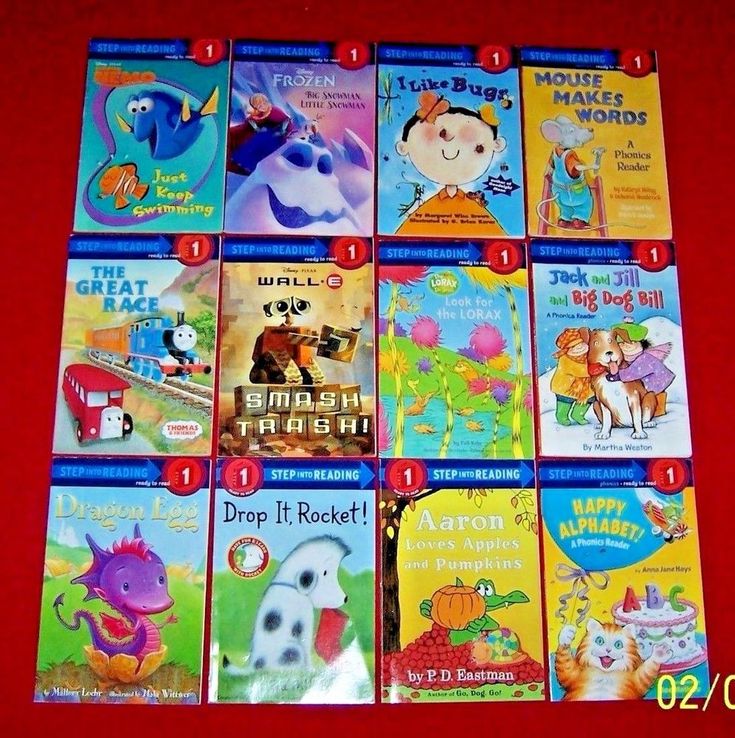 Gradually, children move on to reading short sentences, as well as sentences with hints, where words that are difficult to read are replaced by pictures. At the end of the book are small texts for independent reading. All tasks in the book are read by an adult, the text is intended for the child, typed in large print. For children, parents and teachers. nine0003
Gradually, children move on to reading short sentences, as well as sentences with hints, where words that are difficult to read are replaced by pictures. At the end of the book are small texts for independent reading. All tasks in the book are read by an adult, the text is intended for the child, typed in large print. For children, parents and teachers. nine0003
$263.30
-30% after registration
First steps to reading (2016)
Smotrova N.A.
170.30 rub.
Fluffy crafts for little fashionistas. 6-7 years old (2011)
Smotrova N.A.
Stores
See all
$379. 00
00
-20% after registration
Together with the fairy tale "How the Ant Hurried Home": A Study Guide for Preschoolers (2021)
Poglazova O.T.
nine0052 RUB 111.00-20% after registration
We read fairy tales after the primer: For children 6-7 years old (2020)
Bortnikova E.
$306.50
-20% after registration
I read myself, I write myself: Copybooks that will help you master reading (2020) nine0058
Klementovich T.F
$74.00
-20% after registration
Encyclopedia for preschoolers with a cheerful raccoon.
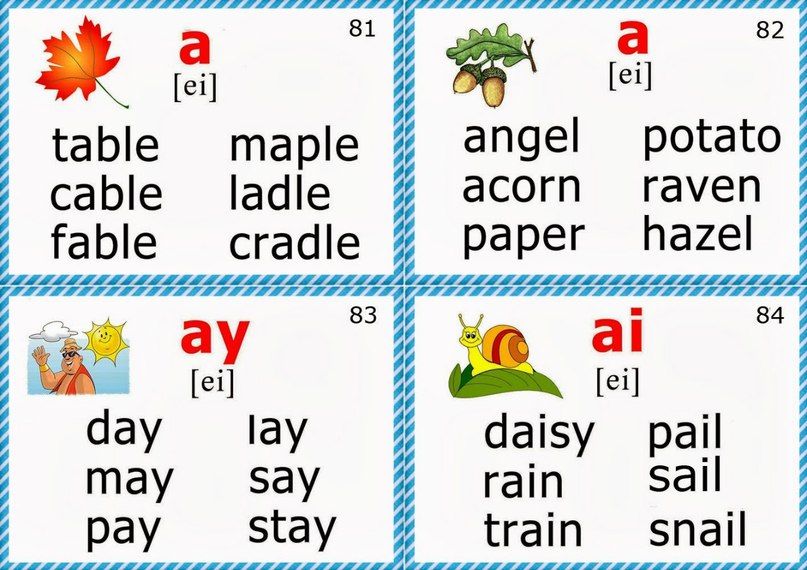 The human body (2019)
The human body (2019) Friedl I., Gorgas M.
$74.00
-20% after registration
Encyclopedia for preschoolers with a cheerful raccoon. Planet Earth (2019G.)
Friedl I., Gorgas M.
$74.00
-20% after registration
Encyclopedia for preschoolers with a cheerful raccoon. Animals around us (2019)
Friedl I., Gorgas M.
$74.00
-20% after registration
Encyclopedia for preschoolers with a cheerful raccoon.
 How people live (2019)
How people live (2019) Friedl I., Gorgas M.
365.50 rub.
-20% after registration
Encyclopedia for preschoolers (2019)
Fridl I., Gorgas M.
RUB 421.00
-20% after registration
My first experiences and experiments (2019)
Wilmer-Klump S.
$74.00
-20% after registration
Encyclopedia for preschoolers with a cheerful raccoon. me and others (2019G.)
Friedl I.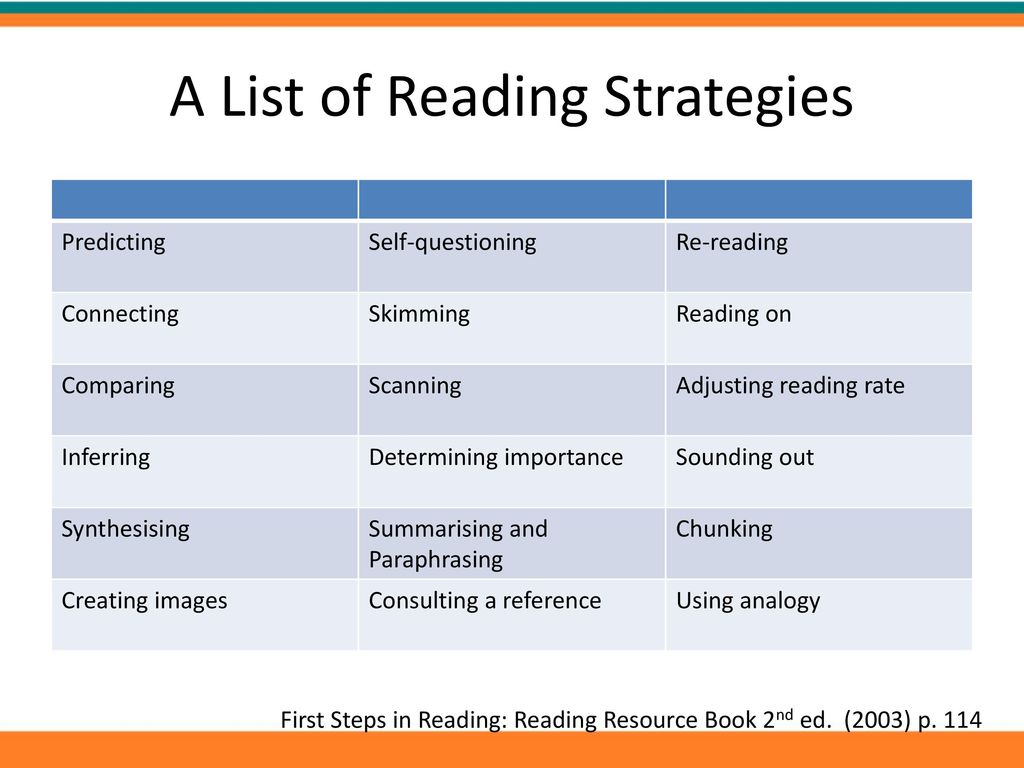
$200.00
-20% after registration
I am learning to write numbers (2019)
Klementovich T.F
$383.50
-30% after registration
Prescriptions for children in need of an individual approach (2018) nine0058
Guzenko T.V., Kayukova A.L.
$214.50
-30% after registration
Teach me to read! Improving reading technique and speed (2018)
Krupenchuk O.D.
$307.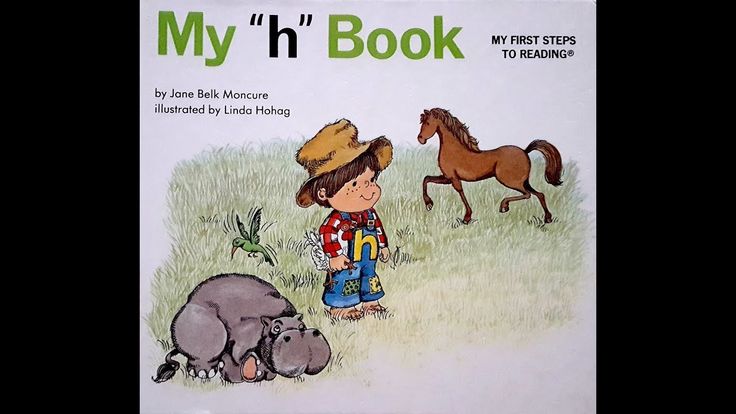 00
00
-30% after registration
I am learning to write beautifully: For children 5-6 years old (2018) nine0058
Klementovich T.F.
$230.90
-30% after registration
Album for the prevention of dysgraphia: Patterns and recipes for the left and right hand: (2017)
Aleksandrova E.S.
$230.90
-30% after registration
Album for the prevention of dysgraphia: Visual series: 6-7 years (2017) nine0058
Alexandrova E.S.
$230.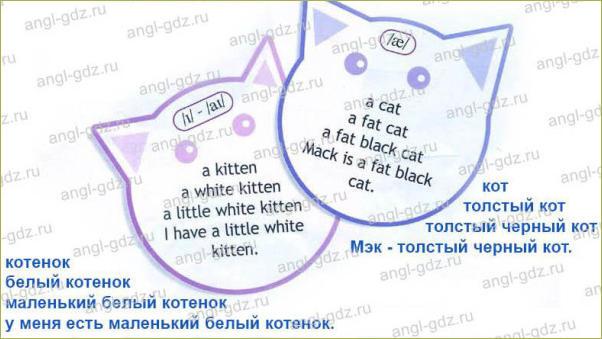 90
90
-30% after registration
Album for the prevention of dysgraphia: Pattern alphabet: 6-7 years (2017)
Aleksandrova E.S.
$230.90
-30% after registration
Album for the prevention of dysgraphia: Smart mazes: 6-7 years (2017) nine0058
Alexandrova E.S.
$230.90
-30% after registration
Everything a preschooler should know when entering first grade (2017)
Pankova L.N
$230.90
-30% after registration
Games with sounds and letters for preschoolers (2016) nine0058
Krupenchuk O. I.
I.
See all
RUB 335.00
-20% after registration
Morning exercises in kindergarten. 2-3 years: Complexes of exercises. GEF (2022)
Kharchenko T. E.
RUB 453.00
-20% after registration
Educational activities on walks. Card file of walks for every day according to the "Childhood" program. The first junior group (from 2 to (2021)
Nebykova O.N.
$240.00
-20% after registration
Diagnostic tools for the program "Childhood". 6-7 years old. preschool group (2022) nine0058
Ivashkova O.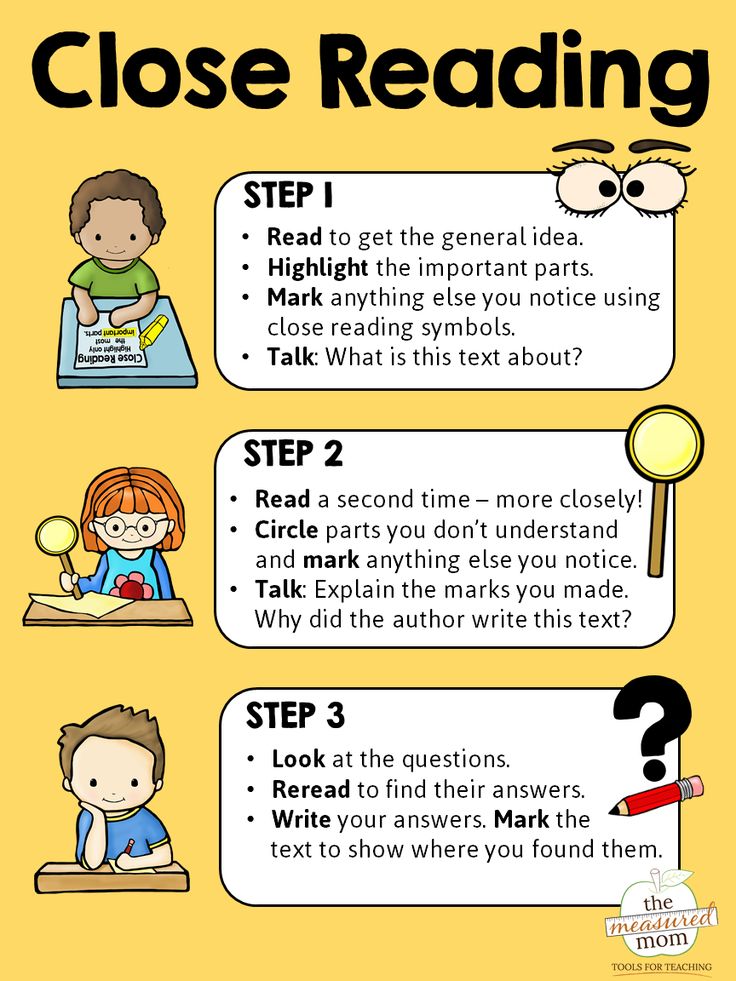 V.
V.
RUB 564.00
-20% after registration
Physical education in kindergarten. 3-4 years: Lesson notes for work (2022)
Penzulaeva L. I.
$50.50
Handout cards Wintering birds (16 pieces) (2020) nine0058
Tsvetkova T.V.
Stores
$306.00
-20% after registration
Laboratory of professions: abstracts of educational activities: 5-6 years: Method. settlement (2020)
Shadrina N.V., Stepanova N.V.,
nine0052 $298. 30
30 -30% after registration
Picture conversations. Speech development of children 3-4 years old: Part 1: 16 GEF drawings (2016)
Gromova O.E., Kabushko A.Yu., Sol
$297.00
-20% after registration
With a pure heart. 5-7 years: Partial program of spiritual and morals. bring up (2019G.)
Belousova R.Yu., Egorova A.N., Kalinkina Yu.S.
$417.00
-20% after registration
Fiction for children 3-5 years old: Methodological guide. GEF DO (2022)
Vasyukova N.E.
$236.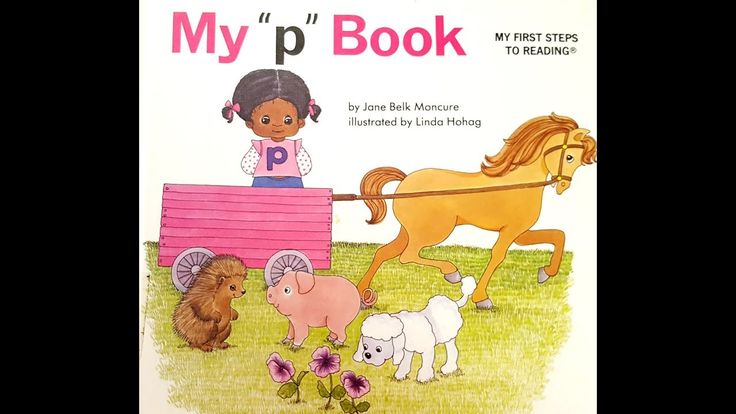 00
00
-20% after registration
Drawing in different ways with older preschool children. 6-7 years old (2021)
Cherepkova N.A.
$230.90
-30% after registration
Games with sounds and letters for preschoolers (2016)
Krupenchuk O.I. nine0003
$210.00
-20% after registration
Mathematics in kindergarten: Scenarios for classes with children 5-6 years old GEF (2022)
Novikova V.P.
RUB 859.00
-20% after registration
Encyclopedia of children's motivation (2022) nine0058
Yagodkin Nikolay
325.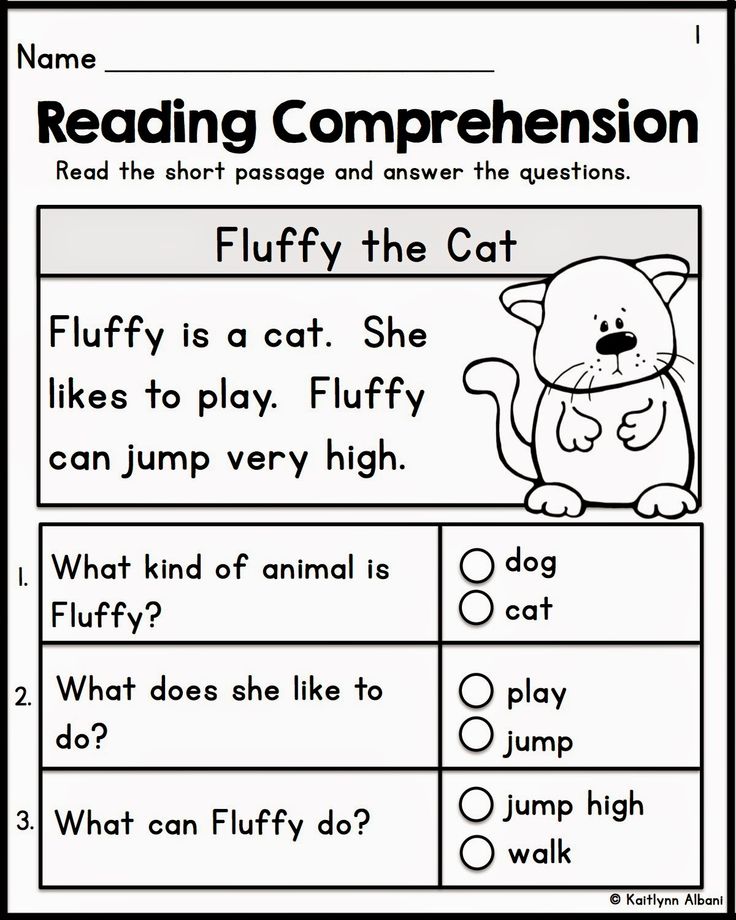 50 rub.
50 rub.
-20% after registration
Demonstration material: Grammar fairy tales: Speech development of children 5-7 years old (2019)
RUB 392.00
-20% after registration
Methodological recommendations for organizing the work of a teacher in a group early (2020) nine0058
Stefanko A.V.
$117.50
-20% after registration
Teaching children 5-6 years old English: Classes, games, activities (2020)
Shabelnikova E.Yu.
$179.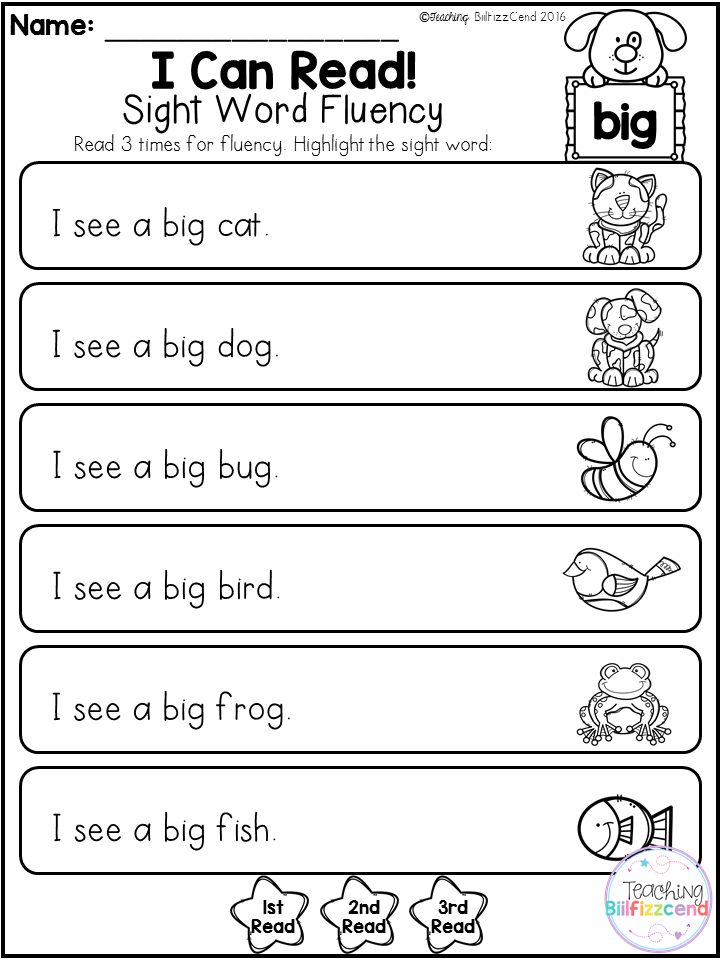 00
00
-20% after registration
I'm smart: Educational tests: 3 to 5 years (2020) nine0058
Vatutin Yu.
$312.50
-20% after registration
Original scripts for creative projects in kindergarten and elementary school: Theatricalizations for the holidays. Contemporary dramatizations. Children's performances (2021)
Sigurova I.A.
RUB 374.00
-20% after registration
The space of children's realization. Project activity. 5-7 years: Method. GEF allowance (2022)
Veraksa A. N., Veraksa N. E.
E.
RUB 380.00
-20% after registration
Seasonal walking cards for every day with a description of the organization of educational activities for children 5-6 years old. Winter. Senior group (2021) nine0058
Aleksandrova G.S., Koledova I.L.
90,000 first steps to reading | Article (grade 1):The first steps to reading: getting to know the letters
Popova Vera Vladimirovna, Starostina Natalya Pavlovna, MOU secondary school No. 29, Volgograd
indoor posters with alphabet. There are quite a few different methods that help teach your baby to read quickly enough, but in any case, you will need patience, consistency in classes and their regularity. nine0028 To teach a child to read, it is necessary to maintain an interest in books and letters from an early age. Parents need to provide the right developmental space.
Parents need to provide the right developmental space.
To develop the child's abstract thinking, invite him to get acquainted with letters, for example, molded from plasticine, or cut out of cardboard. Pay attention to the similarity of objects and letters - the horizontal bar looks like a "P", and the wheel is a spitting letter "O".
The process of learning letters will be very fun and tasty if you offer your child an edible alphabet. With the help of figured pasta, you can cook Abvgdeyka soup, and for dessert, bake your own hand-made cookies - the alphabet. nine0003
With the help of the magnetic alphabet, you can turn the process of learning letters into a fun and memorable game. For example, by simply sticking a letter to the surface of a refrigerator and saying it. "Give me a letter! What do we have? It's the letter A! You can use an interesting game of "Magnetic Fishing". To do this, you need to put all the magnetic letters in a container, and make an improvised fishing rod from a stick and a rope with a magnet. Having caught a "fish", pronounce its name, drawing an analogy with the word. "It's a fish! Look how she looks like a beetle!” nine0003
Having caught a "fish", pronounce its name, drawing an analogy with the word. "It's a fish! Look how she looks like a beetle!” nine0003
Children very often like to imitate the actions of adults. For example, let your child press buttons in an open text editor - he will be interested in the appearance of letters on the screen. Show how to type the simplest word "mom". You can print the first letter and give it to the child. Even if there is a completely unthinkable combination, this will be a kind of impetus for memorizing the alphabet.
You need to start the exercises with words consisting only of vowels. For example, AU, IA and UA. You need to draw (pick up) illustrations for these simple words - for example, a girl lost in the forest (“AU!”), a baby lying in a cradle (“UA!”), And a cute donkey chewing grass (“IA!”). Ask the child not to read the inscription, but simply sing it. nine0003
Do not be afraid to go back to the past, continue to teach your child to read the simplest syllables. When the first sound of a syllable is a consonant, it is more difficult for a child to read it. But, you also need to learn to read it, without it there is no way at school. Let the child “pull” HHH and then add A, O, or U. The boy gives the girl a candy - HHHA (“ON!”). The kid swings on a horse - HHNO ("BUT!"). The girl took her mother's hand - MMMA ("MA!"). Please note that the child may "pull" the first sound long enough to remember the next one. nine0003
When the first sound of a syllable is a consonant, it is more difficult for a child to read it. But, you also need to learn to read it, without it there is no way at school. Let the child “pull” HHH and then add A, O, or U. The boy gives the girl a candy - HHHA (“ON!”). The kid swings on a horse - HHNO ("BUT!"). The girl took her mother's hand - MMMA ("MA!"). Please note that the child may "pull" the first sound long enough to remember the next one. nine0003
If suddenly the child fails to read the word, then the parent should read it himself, then try to read it again with the child. Then move on to the next syllable. Regardless of success, encourage and praise your little student. Most primers for children offer to learn from syllabaries. They are a list of various syllables that do not have a semantic meaning, but are based on visualized memorization. Example: on the letter “N” the sounds “NA-NO-WELL-WE-NI”, on “M” - “MA-MO-MU-WE-MI”, on “T” - “TA-TO-TU-YOU -TI", etc. Of course, such tables have the right to life, but they are not at all interesting for children.